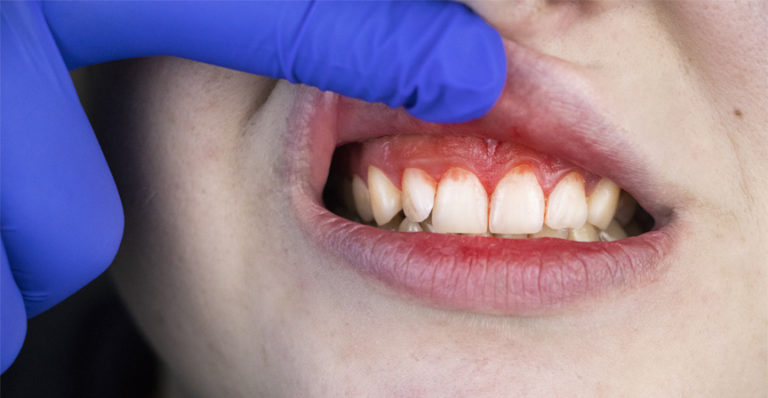
One very common yet unknown dental concern is Gum recession. It affects many people, yet goes unrecognized until it reaches a severe stage. In this condition, the gum tissue pulls away from the teeth. This exposes the tooth roots, making them susceptible to infection and other harm. Additionally, it leads to a very toothy smile, something that is not aesthetically preferred.
Gum recession is a complicated concern, one that requires expert attention. Specifically, professionals in periodontics in Pleasantville, NY, are best suited to help patients! To help build an understanding and awareness of this ailment, here’s a deeper exploration:
Symptoms of Gum Recession
Sensitive Teeth
As the gum tissue recedes, the underlying tooth roots become exposed, which can lead to discomfort when consuming hot, cold, sweet, or acidic foods and beverages. This sensitivity occurs because the tooth roots lack the protective enamel that covers the rest of the tooth, making them more susceptible to temperature changes and irritants.
Visible Roots
When gum recession progresses, the roots of your teeth may become visible. This exposure not only affects the appearance of your smile but also leaves the roots vulnerable to decay and erosion. The visible roots can also make it challenging to maintain proper oral hygiene, as the exposed areas are harder to clean and more prone to plaque buildup.
Longer-Looking Teeth
Gum recession often causes the teeth to appear longer than usual. As the gum tissue recedes, it creates the illusion of elongated teeth, which can impact your smile’s aesthetic appeal. This visual change can be distressing and may affect your confidence in your appearance.
Halitosis, Inflammation, and Bleeding
Gum recession can lead to several oral health issues, including halitosis (bad breath), inflammation, and bleeding. As the gum tissue pulls away from the teeth, pockets can form where bacteria can accumulate, leading to bad breath and potential infections. Inflammation and bleeding may also occur.
Causes of Gum Recession
Over Aggressive Brushing
Using a hard-bristled toothbrush or applying excessive force while brushing can wear down the gum tissue and contribute to its recession. It’s important to use a soft-bristled toothbrush and gentle brushing techniques to protect your gums and maintain oral health.
Poor Oral Hygiene
On the opposite end, inadequate brushing and flossing allow plaque and tartar to build up along the gumline, leading to gum disease and subsequent recession. Regular and thorough cleaning of your teeth and gums is essential to prevent plaque buildup and maintain healthy gum tissue.
Tobacco Use
Tobacco can impair blood flow to the gums, weaken the immune response, and exacerbate gum disease, leading to accelerated gum recession. Quitting tobacco is crucial for improving oral health and preventing further gum tissue loss.
Gum Disease
Gum disease, also known as periodontal disease, is a primary cause of gum recession. This infection of the gum tissue results from the buildup of plaque and tartar, leading to inflammation, gum tissue destruction, and eventual recession. If left untreated, gum disease can progress, causing more severe recession and other complications.
Detecting gum recession may cause you to feel panicked and unsure about the future. However, there’s no need to worry. Once you’ve identified the presence of symptoms, it’s essential to visit a periodontist. These experts are specifically focused on such concerns. As such, they can help treat gum recession without any undue complications.
On your end, it’s best to visit a local and reputed periodontal expert. Opt for those who have prior testimonials dealing with similar concerns, and also have an established practice! This way, you know that your safety and comfort are of top priority to the expert.